Are Your Beauty Products Toxic?
This “Are Your Beauty Products Toxic?” article was written by my wife Angel, after I challenged her to look into natural beauty products. This was back when we were dating in 2014 and before I had proposed. We later got married in March 2015 and the picture below is from December 2020.
At the time, I had told her all I wanted for my birthday was an article on the dangers of modern cosmetics and natural beauty alternatives. I am biased, but I think she is the most beautiful woman in the world. Here are some of the great makeup products through Beautycounter that she trusts and uses personally after doing extensive research for this article.

Who Am I?
First, I make an open disclaimer: I am not a health or nutrition expert, and I am a novice in many ways when it comes to living a healthy lifestyle. Since middle school, though, I have been on a very gradual quest toward eating healthily and exercising regularly.
A few years ago, I began to take this quest to a different level and began trading out conventional vegetables and fruits, etc., for organic foods, as I was able to afford it. Even though I really didn’t fully understand the importance of it at the time, it just more or less seemed like the logical and wise choice to make.
Dating Dr. Jockers
Well, my life changed in 2014 (for the good!) when I began dating Dr. Jockers! And I have learned more over the several months we dated than I had throughout my whole life at the time, when it comes to taking care of my body.
And now, more than ever, I see how God has entrusted each of us with the most precious gift of all—life—which is lived out in our physical body, this side of Heaven. For this reason, I now value health and nutrition more deeply. And I want to start sharing some of what I am learning.
Purpose of this Article
The purpose of this article is to discuss one area that is new and eye-opening to me, which is also strongly related to one’s overall health and well-being: beauty products we allow our skin to come in contact with. First, I will briefly address why what we place on our skin matters.
Next, I will write about the top ten chemicals we would be wise to avoid as often as possible, along with the rationale behind the warning. Finally, I will offer some strategic and practical advice on how to begin applying what you learn.
Our Skin is an Organ
One concept that is new and enlightening to me is the reality that our skin is an organ! In fact, the skin is the largest organ in the body, as well as, “an eliminative channel responsible for one-fourth of the body’s daily detoxification.”(1) What we touch goes straight into our bloodstream. This means that the lotions we apply, the soaps we lather, the foundation we spread, and the lipstick we kiss onto our loved one—the ingredients all end up in our bodies.
Every time you use a dab of liquid soap to clean your hands, rub shampoo into your scalp, or spray perfume on your neck, your skin is absorbing that body care product like a sponge soaking up water on a kitchen countertop. Scientists believe that the skin absorbs up to 60 percent of everything applied to it and sends those substances directly into the bloodstream. This is the reason why more and more pharmaceuticals—such as hormone replacement therapy or nicotine suppression medications—are being delivered in a transdermal system through patches and creams. (2)
Long-Term Effects
Our bodies are literally awesome creations that God has made…even with the ability to detoxify itself! However, “our immune systems can overload [from too many chemical toxins] to the point where these fat-soluble chemicals are stored in our fatty tissues, where it takes months or even years for these toxins to be eliminated—if they’re eliminated at all.” (2)Too many chemicals left in one’s body can affect one’s health negatively.
But because toxins build up gradually and over time, it can be difficult to trace the causes directly to the effects. In our quest toward health and well-being, we need to learn how to be more proactive and kill the causes (i.e. chemicals found in many cosmetics and beauty products) before the effects (i.e. cancer, reproductive complications, etc.) get out of control.
Top Ten Chemicals to Avoid in Beauty Products
While researching this topic, I came across some repetitive warnings concerning the most potentially toxic chemicals we ought to avoid when making our selections of beauty products and cosmetics. There are many other toxins to avoid, but this is a great list for those beginning their quest to rid their bodies of unnecessary toxic chemicals found in many household beauty products and cosmetics:

Phthalates
Phthalates are a group of chemicals used in hundreds of products, which promote the elasticity and softness of plastics. Common phthalates include dibutyl phthalate (DBP), dimethyl phthalate (DMP), and diethyl phthalate (DEP). They are found in nail polish, perfumes, lotions, hair sprays, and other various perfumed cosmetics. Also alarmingly noted is that these same chemicals used in many cosmetic products are also found in “plastic wrap, wood furnishing, lubricants, insecticides, and detergents.”(3)
“Nicknamed ‘gender-benders,’ these chemicals are causing the males in many species to become feminized.”(4) Phthalates also promote early onsets of puberty, fertility issues, and even possible birth defects.
Parabens
Parabens are used as preservatives in many cosmetic products, including makeup, lotions, shaving products, and most skin care products. Studies have indicated that parabens can increase the risk for cancer—particularly breast cancer. Parabens are “absorbed through the skin and have been identified in biopsy samples from breast tumors.”(5) This chemical also has a negative impact on reproductive functions in the body.
Sodium Lauryl Sulfate
This chemical is a foaming agent detergent, which is located in most household shampoos, soaps, and toothpastes, in addition to other beauty products. Sodium Lauryl Sulfate is known for being an irritant to the eye and skin. It may also form into a carcinogen when combined with other toxic chemicals.
Artificial Colors in Beauty Products
Harmful chemicals that are used to synthesize artificial colors may have FD&C or D&C on their labels, followed by a number. They are “derived from petroleum or coal tar sources.”(6) The ingredients used to create these chemicals that produce artificial colors are considered to be toxic and carcinogenic, and they may even contribute to ADHD. (3)
Chemicals in Sunscreen
Ironically, the very substance that many place on their skin (and the skin of their children) for protection from the sun…may in fact be causing more harm than good. Avoid sunscreens with oxybenzone, “which is linked to hormone disruption and potential cell damage that may lead to skin cancer,” and which is in fifty-six percent of sunscreens, according to the Environmental Working Group. (7)In addition, look out for sunscreens containing benzophenone, PABA, avobenzone, homosalate, and ethoxycinnamate.
Many sunscreens contain toxic chemicals and prevent the good sun rays from penetrating through the skin in order to allow the production of vitamin D, which is vital to our health. In addition, these chemicals are believed to cause damage on a cellular level, which is how cancer is formed—once they are absorbed through the skin and enter the bloodstream.
Triclosan
Stay clear of products containing the chemical ingredient, triclosan, too. This chemical is commonly found in antibacterial soaps, toothpastes, and deodorants. Its purpose is to limit the growth of bacteria in the products. This chemical is classified as a pesticide! Not only does it contribute to heart disease and failure (8), but it also can negatively affect hormones:
[Triclosan] can affect the body’s hormone systems—especially thyroid hormones, which regulate metabolism—and may disrupt normal breast development. Widespread use of triclosan may also contribute to bacterial resistance to antimicrobial agents. (5)
Lead in Beauty Products
Ahh! At last, here’s a name we can all pronounce and have some familiarity with… If I recall correctly, modern pencils no longer contain lead, as it is deemed unsafe for people to be exposed to high levels of it. Instead, a mixture of graphite and clay is used in pencils.
Interestingly enough, though, a study done by Campaign for Safe Cosmetics, (which included both pricey and inexpensive brands in their research), concluded that sixty-one percent of lipsticks contain lead! (9) Lead is also sometimes found in other beauty products and cosmetics, such as foundation, nail polishes, sunscreens, and whitening toothpastes.
Lead is proven to be a toxin to the brain and can negatively affect one’s behavior. It may also be attributed to miscarriages and infertility, and reproductive functions. (5)
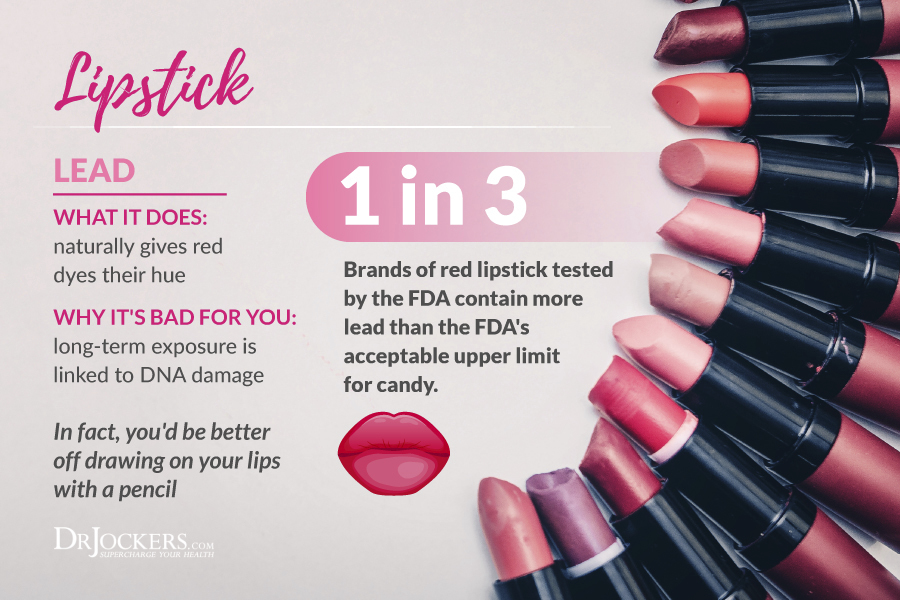
Formaldehyde in Beauty Products
Formaldehyde and formaldehyde-releasing preservatives (FRPs) are commonly used in many cosmetics in order to prevent bacterial growth. Chemicals you should stay clear of that fall into this group include: DMDM hydantoin, diazolidinyl urea, methenamine, and quarternuim-15. This type of chemical can be found in various cosmetics, including eye shadow, nail polish, shower gels, shampoos, and conditioners.
This group of chemicals slowly releases formaldehyde, which the International Agency for Research on Carcinogens (IARC) has deemed a human carcinogen. Need more be said? But unfortunately, there is more to be said. Formaldehyde is also thought to be harmful to the immune system, and it promotes skin allergies.
Propylene Glycol (PEG)
This chemical is derived from petroleum. While going through my own cosmetic products while conducting research for this article, I came across one of my (old) favorite lip glosses that said it was “natural” on its label.
Yet, as I was reading through its ingredients, a petroleum derivative was also included in this product I’d been rubbing on my lips… Ew! When I think of that word, the word gasoline comes to my mind… Anyways, propylene glycol is commonly found in lip glosses, lipsticks, and various creams and moisturizers.
Propylene glycol has a bad rep… Here are some of its possible effects:
* May cause respiratory and throat irritation, central nervous system depression, blood and kidney disorders
* May cause nystagmus, lymphocytosis
* Skin irritation and dermatitis, conjunctivitis
* If ingested may cause: pulmonary oedema, brain damage, hypoglycaemia, intravascular haemolysis (10)
While I am not familiar with most of those terms and do not have expertise on what any of them mean, they certainly do not sound like they are a worthwhile tradeoff for shiny lips! So I tossed my “natural” lip gloss in the trash.
Parfum (Fragrance)
As a consumer doing research, parfum (fragrance) surprised me as being one of the top ten chemicals to avoid in beauty products. When I hear the word “fragrance,” I do not think of chemicals at all. I imagine flowers, yummy foods, spices, etc. However, this word, when used as an ingredient in beauty products and cosmetics, is a type of catch-all word, which also allows companies to keep their ‘secret recipes’, so to speak.
Fragrances can be formulated out of any slew of the chemicals listed above, in addition to others. Synthetic fragrances can be found in many products, including shampoo, conditioner, body wash, perfumes, and even in baby washes.
Some fragrances can interfere with the immune system, and they may serve as allergens or even neurotoxins. One study done by the Environmental Working Group (EWG) Skin Deep Database concluded that fragrances have been correlated with allergies, dermatitis, and respiratory and reproductive problems.(11)
One Last, Bonus Chemical: Fluoride
Though fluoride did not make it to my top ten list, based on my research, it ought to be eliminated, too. Found in many toothpastes, fluoride is suggested to help prevent tooth decay. One author summarized my findings of fluoride quite succinctly: A waste product of the phosphate fertilizer industry, fluoride is a known carcinogen, a neurotoxin, and an endocrine disruptor. Modern research doesn’t support the idea that it reduces the risk of cavities…(12)
Regulatory Standards on Beauty Products
One who is a skeptic by nature (like myself) may wonder how these toxic chemicals are even allowed to be used as ingredients in so many beauty products if they are as harmful as I am purporting. So I ‘dug in’ and learned a bit about this issue, also. What I learned is that the personal health care industry—in contrast with pharmaceutical and nutritional industries—is highly under-regulated. And as consumers in America, we tend to trust that what we are purchasing is safe.
We take for granted the fact that our government protects us in many ways, and we apply this trust when it comes to many beauty and cosmetic (not to mention household cleaning) products we use on a daily basis. Another concern is the fact that many large cosmetic trade associations are often funded by large chemical companies, which obviously has created a conflict of interest. (13)
These statistics are enlightening and alarming simultaneously:
“More than a thousand cosmetic ingredients known to cause cancer, birth defects and reproductive problems are banned for use in cosmetics in the European Union. Only eleven of these chemicals are off-limits in the United States. (14) And…It’s estimated that 10,000 chemicals are routinely used in cosmetic products alone, but only 11 percent have been assessed for their health and safety by the FDA or other government agencies.”(15)
I am not a conspiracy theorist; I am a consumer just like you. And I LOVE beauty products. I simply do not think that beauty ought to have to be detrimental to my health and well-being.
Practical Application
If you are like me, this is a lot of new information to take in and digest. It can seem overwhelming, too, when we consider how many beauty and cosmetic products we possess in our bathrooms, purses, and other miscellaneous places. Two key objections many would be tempted to make when it comes to replacing toxic products include having a lack of (1) time and (2) money. These are legitimate concerns that I can understand.
One important point to remember is that these toxic chemicals gradually build up over time to create negative health impacts. So the more we steer clear of these chemicals, the better off we are. But many people will begin to do so gradually—as they are able to afford it—and as their knowledge continues to expand. Look at this as a journey toward healthiness, more so than a destination to arrive at overnight.
There are a couple of basic principles that can guide you as you begin to replace toxic products with healthy beauty products. Keep two things in mind when purchasing healthy alternative beauty and cosmetic products: (1) Generally speaking, the fewer ingredients, the better. (And if you can read the ingredients and understand what they mean, that is likely a good sign.) (2) The more edible the product, the more healthy is likely to be.
Another idea to keep in mind is the fact that many companies will ‘throw around’ words, such as “natural” or even “organic,” if the product contains only one organic ingredient. Such misleading labels can be confusing. So now that you are becoming informed, be sure to read the ingredients.
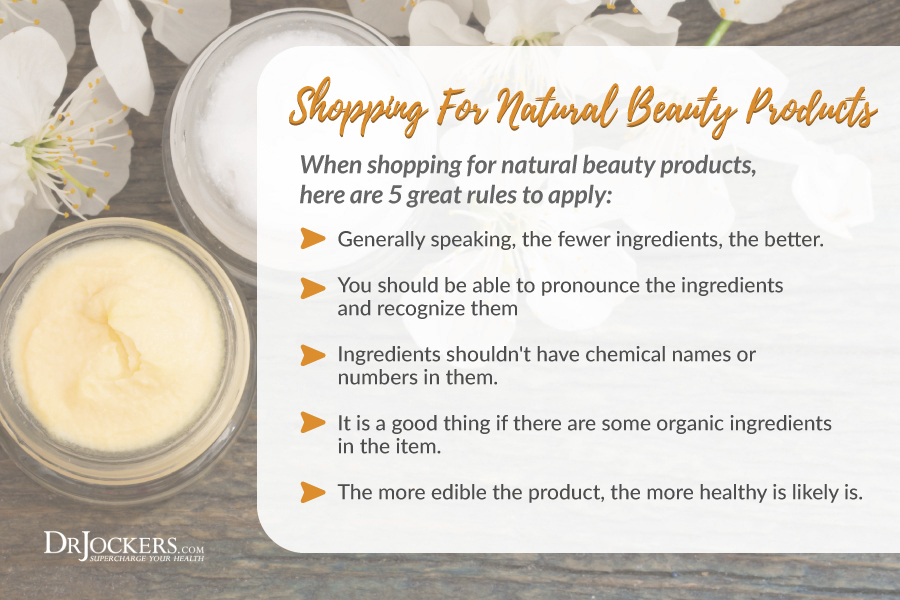
Closing Comments on Beauty Products
For the purpose of this article, I will not go into homemade recipes I found for moisturizers, shampoos, conditioners, face washes, and even lip glosses. But they are out there! I went to my local library and found books with helpful recipes and tips for creating less expensive and healthier alternatives to synthetic and toxic products I bought in the past.
Thankfully, being healthy is becoming trendy, so there are many websites that can also guide you through choices. Again, the key is to take this one step at a time if you (like most people) cannot afford to change out all of your products at one time.
I also wanted to take this opportunity to mention a makeup line whose products are much safer for our skin. You can check out the makeup, which I personally am now wearing and love: Beautycounter. Reach out to me with questions at: angel@lifewithangel.com.
Finally, I wanted to conclude with a quote from a chapter in the Bible that I am presently working on memorizing, presently. The latter half of Proverbs 31 describes a woman who is “…more precious than rubies.”(16) In describing this ideal woman, it lists admirable qualities and character traits.
But only toward the end does the word beauty come up. It reads, “Charm is deceptive, and beauty does not last, but a woman who fears the LORD will be greatly praised.”(16) This is a gentle reminder to each of us who seeks to look beautiful: May we first seek the Lord and become a woman whose beauty is more than ‘skin-deep.’ May we learn to live to be beautiful from the inside-out.
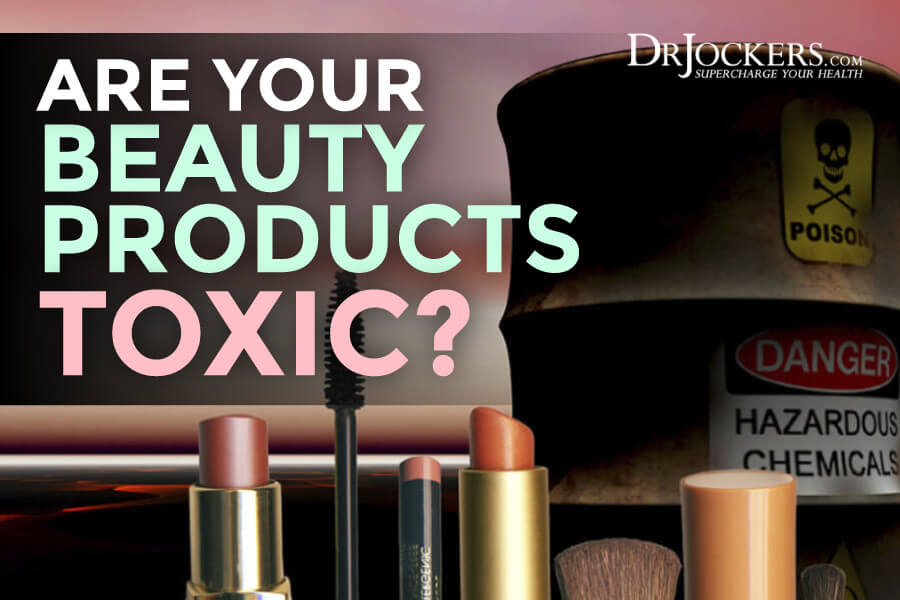
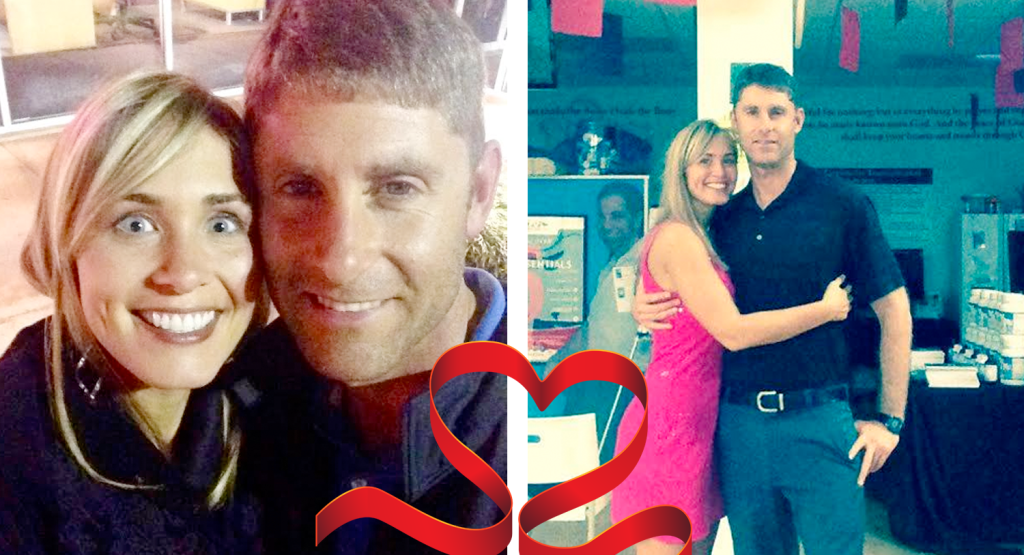
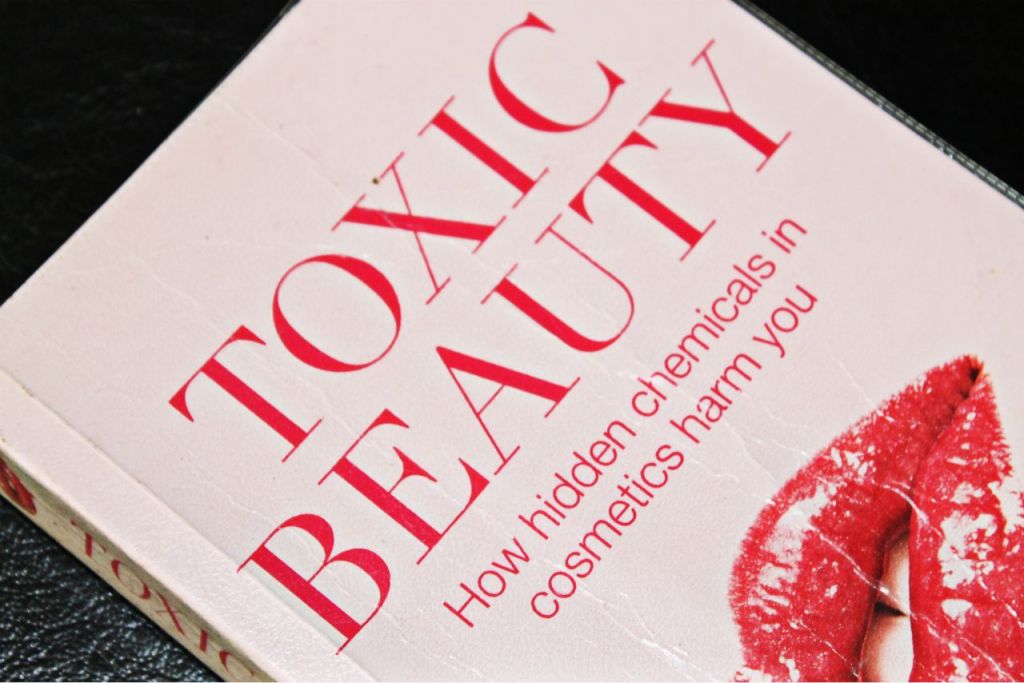
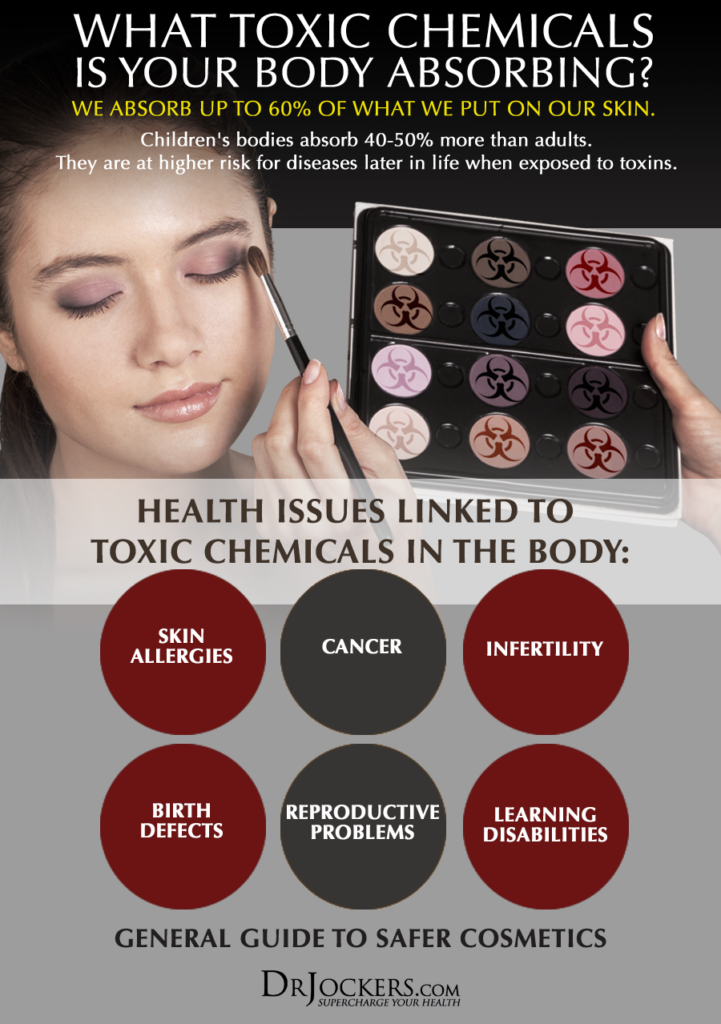
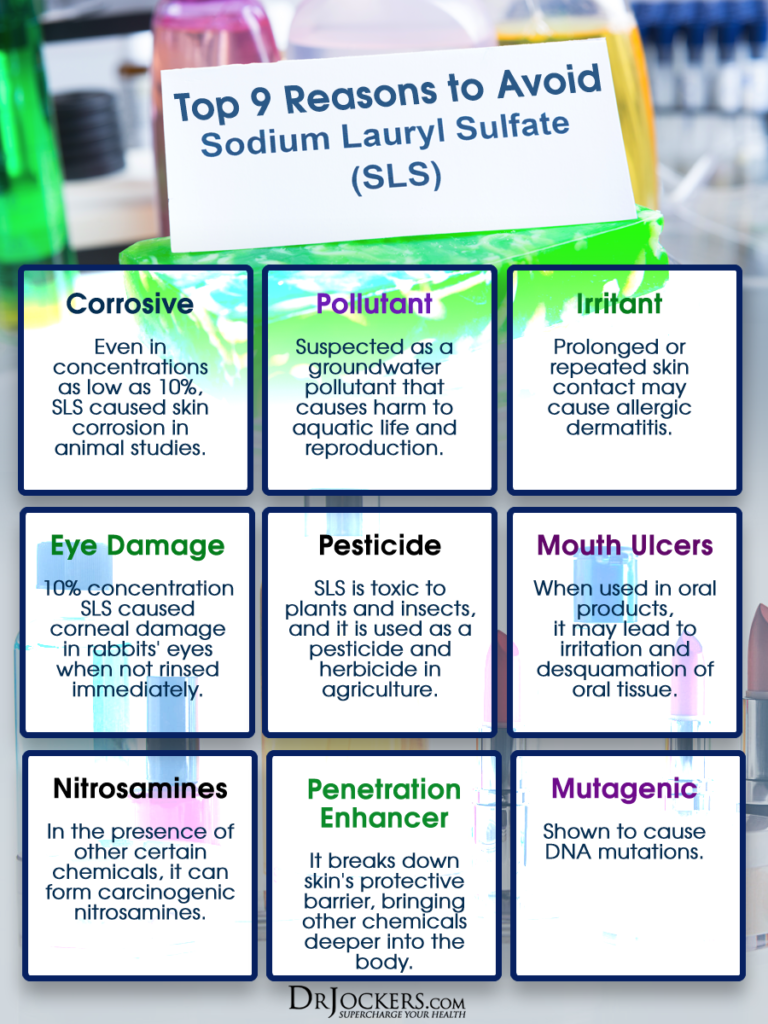
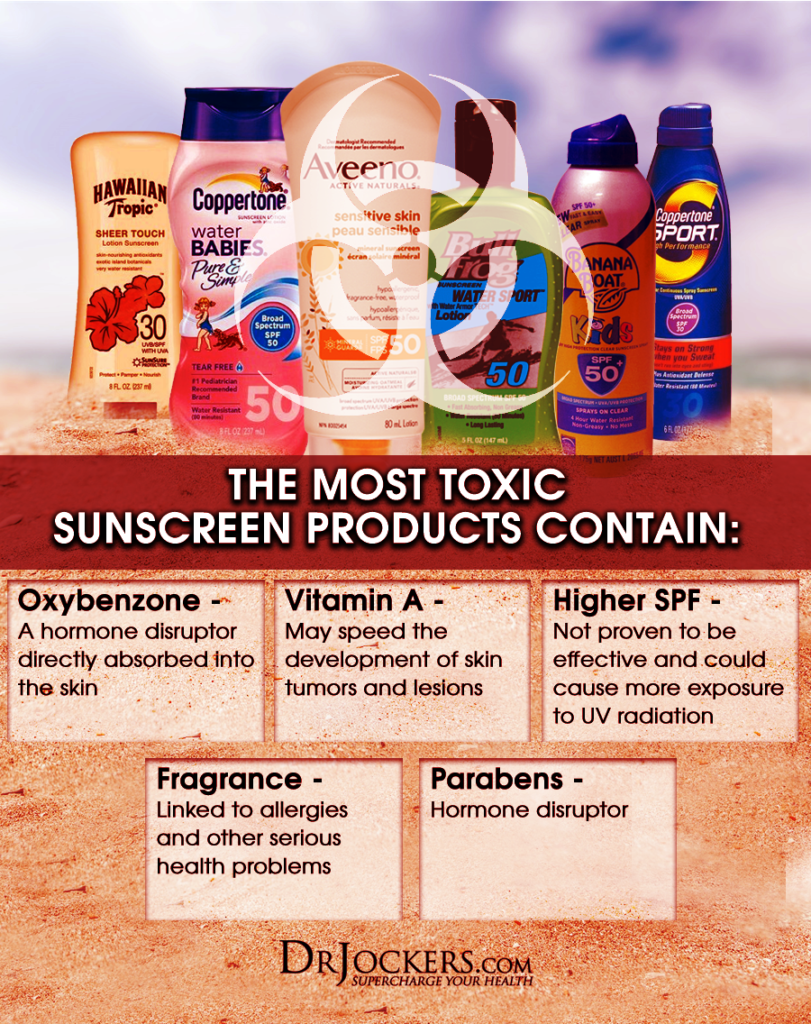
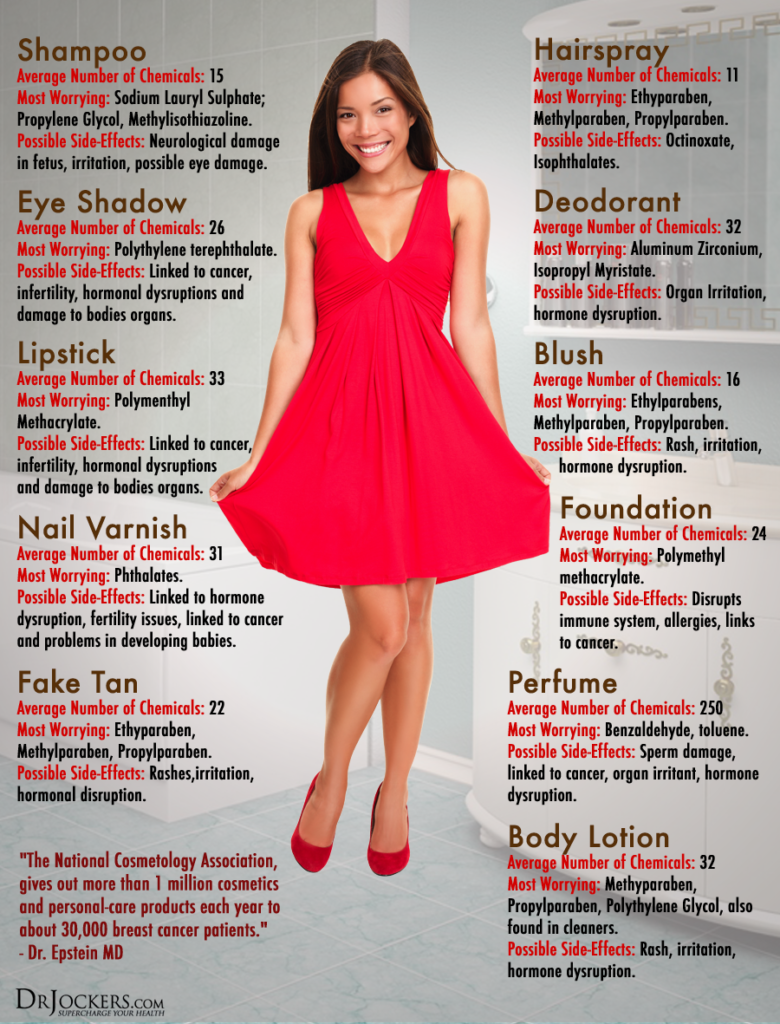
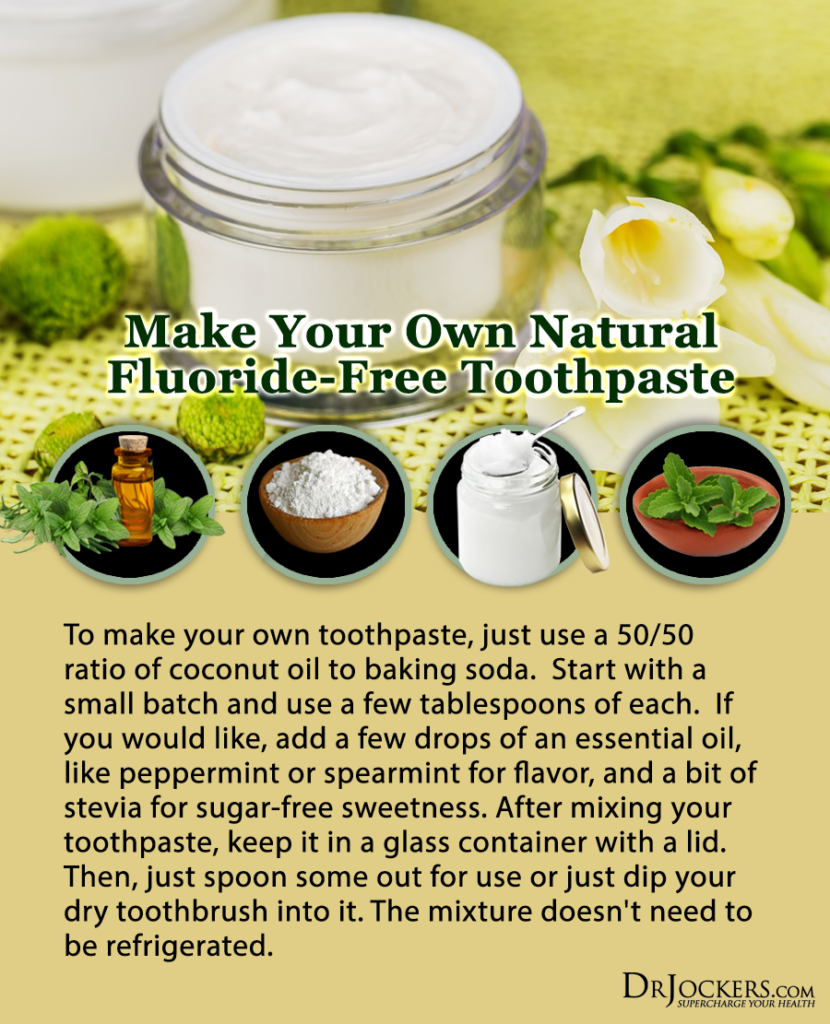




Great info and very timely for me as I was just thinking about this issue this morning and wondering where I could get more info. Thanks Angel sharing what you’ve learned! Dr. j: this would be a great topic for a future seminar!
Could you include a source where we can purchase safe makeup?
Hi! I am sorry I did not see this to reply. Beauty Counter is what I will be endorsing and selling, starting next month! 🙂
Thank you to everyone for their kind comments. We wish you all the best in your journey toward health!
Please give us a source as to where we can find makeup that is not breaking the bank.
Here is where we get Angel’s makeup products https://davidjockers.buyygy.com/90forLifeStore/en/makeup
Does Angel still use Youngevity? When I clicked the link it said the site had expired. Any help appreciated in this area. Such an important topic!
That was a great article. Worth passing it on. All the best in your future marriage. Dr. Jockers you got a keeper there. Keep up the good work.
Kevin
This is a very informative and comprehensive report on the toxic effects of everyday products. After developing M.C.S., I was experiencing many severe nervous system and brain reactions from hygiene products. It opened my eyes to the profound depth and seriousness of chemical toxins in relation to good health. Chlorine and fluoride are both highly toxic. What bothers me is that a product will say, “PARABEN FREE” so people fail to look at the other potentially ingredients on the label. Also, the greenwashing movement is alive and well. I can’t tell you how many people say, “oh, I bought this “green” product and it’s wonderful.” Upon closer look, it’s full of toxic ingredients. So many ways to be duped by companies just out to make a buck off of ignorant customers by using the ubiquitous “all natural” phrase. Finally, thank you for publishing your research for everyone to see. God Bless.